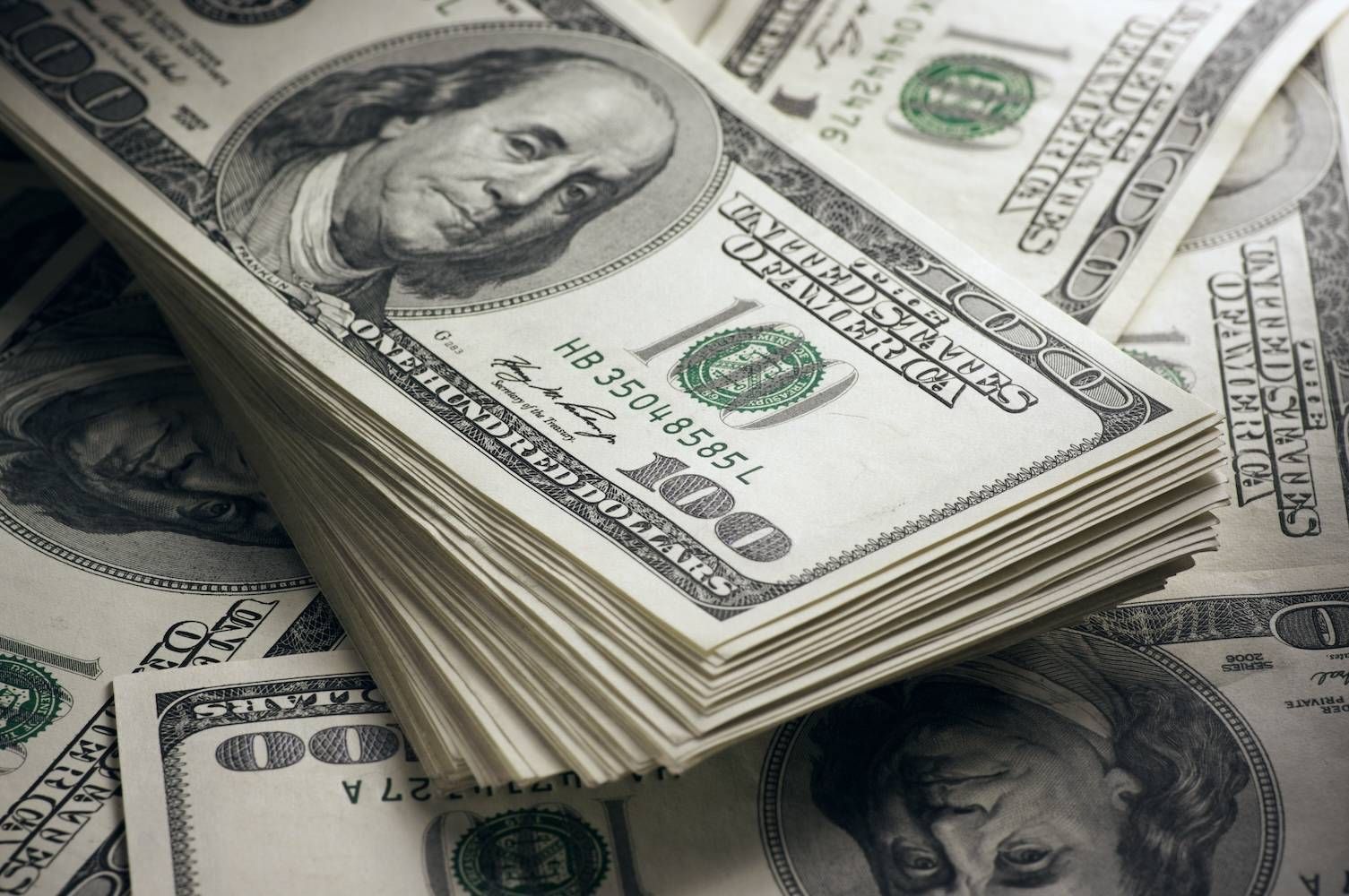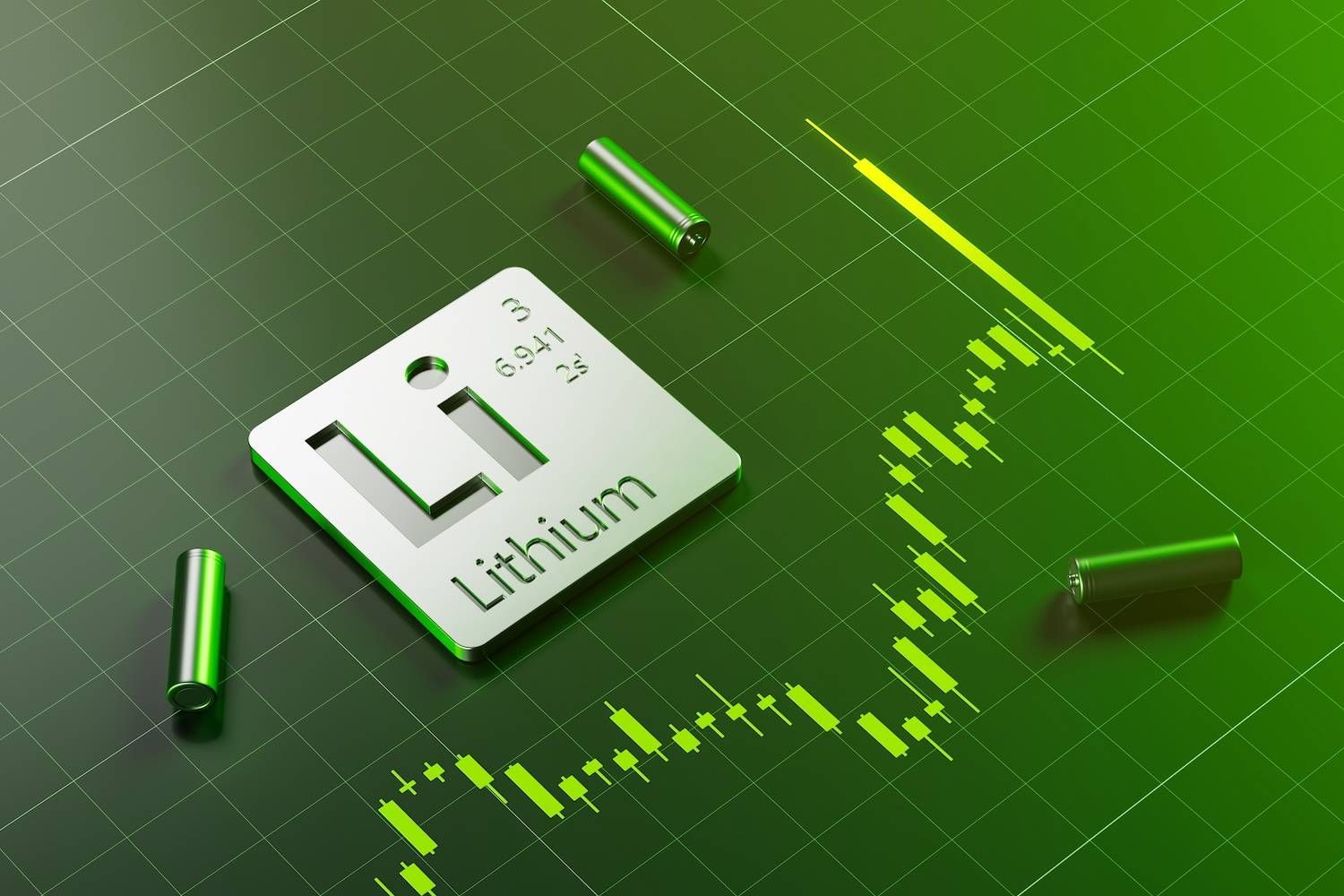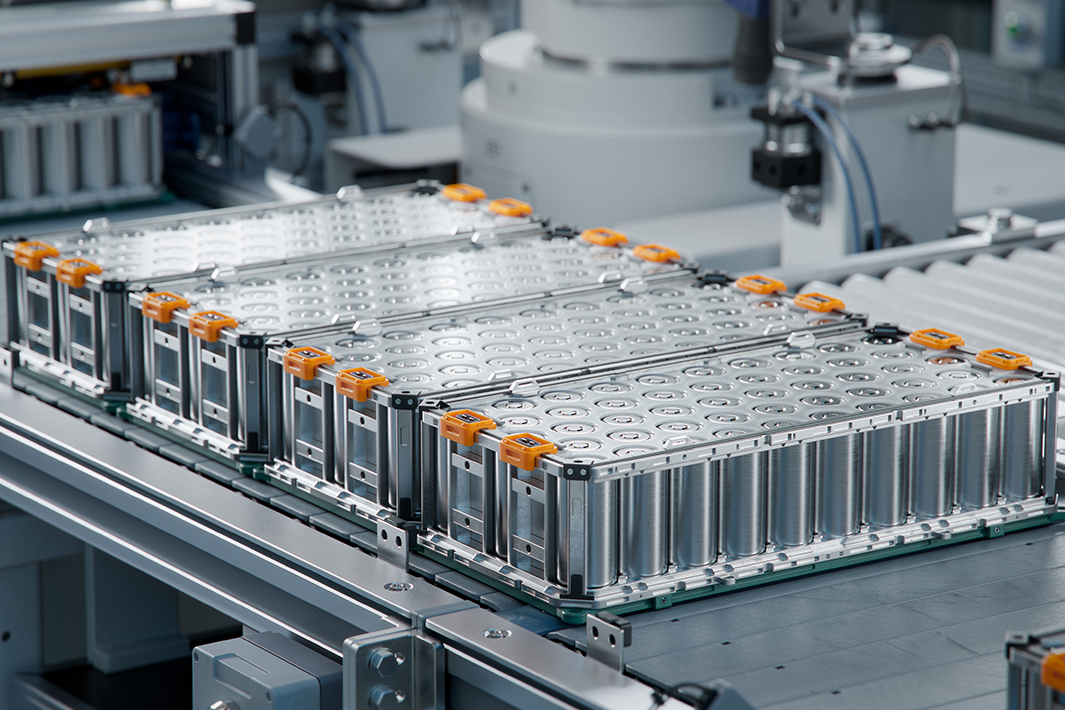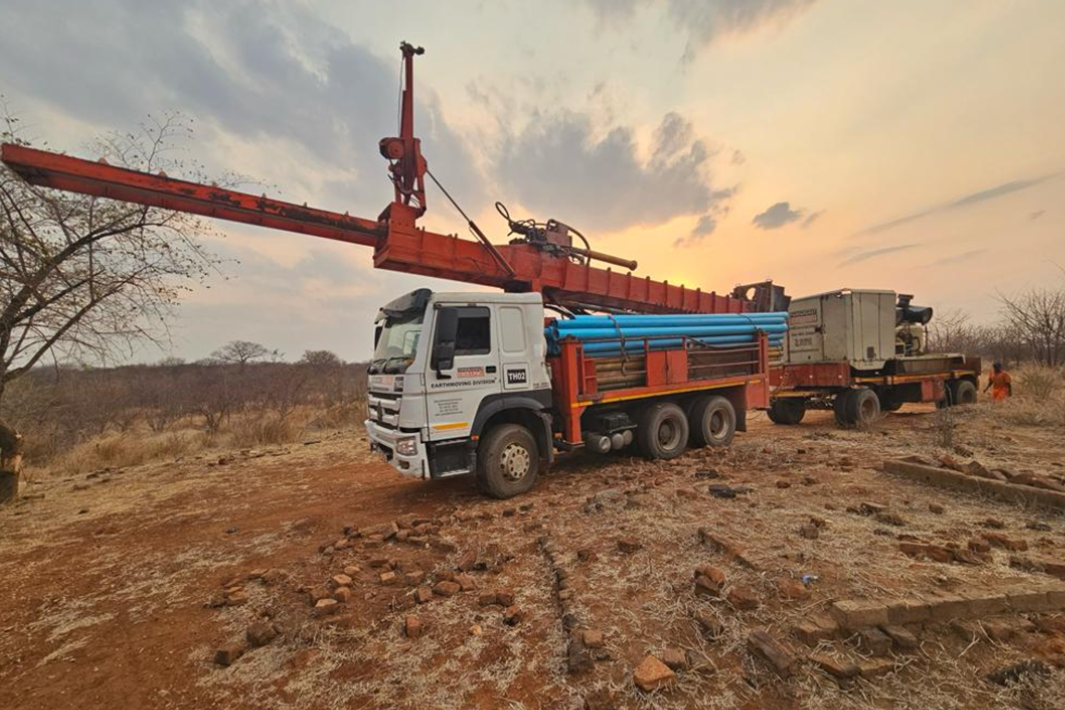
December 09, 2024
Summit Minerals Limited (ASX:SUM) (“Summit” or the “Company”) is pleased to announce that Summit’s maiden drilling program has commenced at the recently acquired 100% owned Barra Lithium Project (“Barra”).
The Barra Lithium Project consists of four recently acquired tenements that are located within close proximity to the existing operating Miranda Lithium mine that is within the Borborema Pegmatitic Province (“BPP”) in northeast Brazil.
Summit has completed extensive ground mapping and sampling across the Barra Project that has highlighted multiple, newly discovered quartz outcrops that are aligned along the predicted regional trend lines.
The pegmatites observed in the adjacent Lithium mine are zonal and contain a large central quartz core with the Lithium mineralisation distributed broadly on each side of the core. The Company believes that the quartz outcrops detected across the Barra Project highlight potential extensions of previously unmapped pegmatite quartz cores, as they are observed to run northeast along strike from the existing Lithium mine. Additional large quartz outcrops have been identified in the mapping program, which could also indicate the possibility of multiple pegmatites running parallel to the main trend line. As a result, the drilling program has been designed to test these new prospective areas, along with the main pegmatite trend line.
Click here for the full ASX release
This article includes content from Summit Minerals Limited licensed for the purpose of publishing on Investing News Australia. This article does not constitute financial product advice. It is your responsibility to perform proper due diligence before acting upon any information provided here. Please refer to our full disclaimer here.
SUM:AU
The Conversation (0)
24 December
Altius Minerals to Expand Portfolio with C$520 Million Lithium Royalty Deal
Altius Minerals (TSX:ALS,OTCQX:ATUSF) is making a bet on a lithium market recovery, agreeing to acquire Lithium Royalty (TSX:LIRC) in a C$520 million deal that will expand its exposure to battery metals.Under a definitive agreement announced by the two companies on Monday (December 22), Altius... Keep Reading...
23 December
Liontown's First Tjiwarl Member Completes Apprenticeship at Kathleen Valley
Liontown (ASX:LTR,OTC Pink:LINRF) has reached a milestone at its Kathleen Valley operations, with Vaughan Harris becoming the first Tjiwarl community member to complete an apprenticeship with the company.“Being the first Tjiwarl apprentice to complete an apprenticeship here at Liontown feels... Keep Reading...
22 December
Lithium Market 2025 Year-End Review
The global lithium market endured a bruising 2025, with persistent oversupply and softer-than-expected electric vehicle (EV) demand driving prices for the battery metal to multi-year lows.Lithium carbonate prices in North Asia slipped below US$9,550 per metric ton in February — their weakest... Keep Reading...
11 December
Mining the Gap: 5 Forces Shaping North America’s Lithium Supply Chain
A convergence of industry investments, government initiatives and a shifting global trade dynamic is creating an environment ripe for the development of a North American battery supply chain, with lithium playing a leading role. These trends are reshaping the region’s industrial base and opening... Keep Reading...
10 December
Rock Bottom: Strategic Window for Ground-level Lithium Investment
When lithium prices hit bottom, savvy investors know that’s exactly where the next big discovery begins — literally. Beneath the surface of global markets and remote exploration grounds, new opportunities are forming in the wake of a sharp price reset and renewed geopolitical urgency.Recent... Keep Reading...
10 December
Liontown Resources Pens Lithium Offtake Agreement with China's Canmax
Liontown Resources (ASX:LTR,OTC Pink:LINRF) has executed a binding offtake agreement with Chinese conglomerate Canmax Technologies (SZSE:300390) as part of its strategy to diversify its customer base.“Listed on the Shenzhen Stock Exchange, Canmax is one of the world’s leading manufacturers of... Keep Reading...
Latest News
Interactive Chart
Latest Press Releases
Steadright Grants Stock Options
24 December
Silverco Confirms No Material Change
24 December
Related News
TOP STOCKS
American Battery4.030.24
Aion Therapeutic0.10-0.01
Cybin Corp2.140.00





